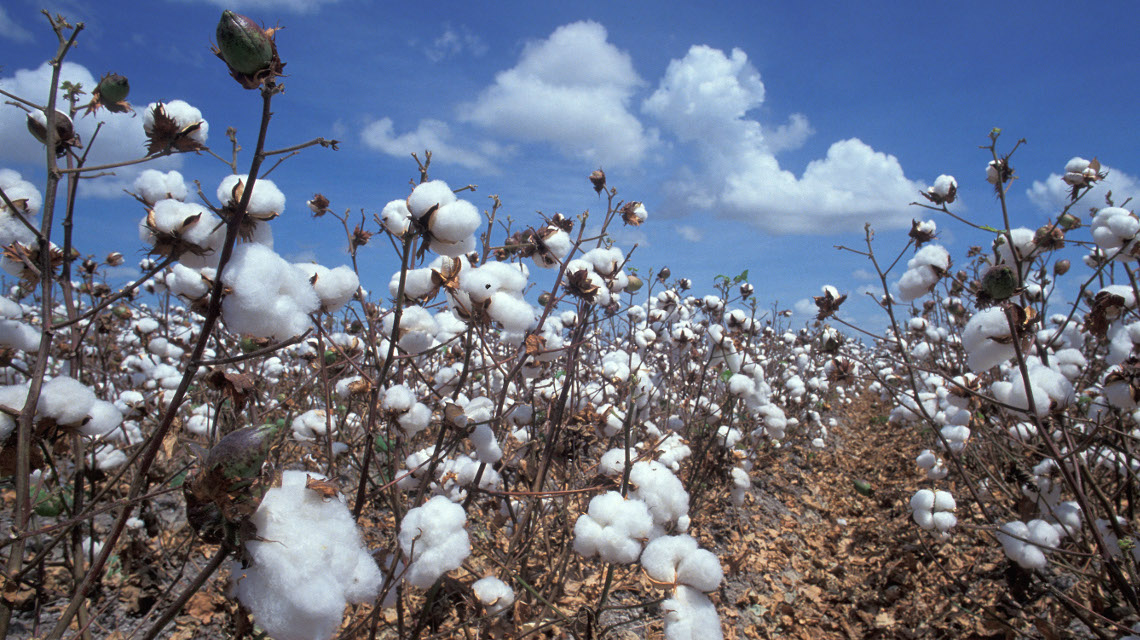EU: Plant raw materials mostly imported
A study shows that the EU obtains almost two thirds of all plant-based raw materials from Asia. Cotton and palm oil are at the top of the list.

Whether palm oil, cotton or soy: many raw materials from plants used in Germany for the production of cosmetics, textiles, biodiesel or animal feed have to be procured from abroad. But where do the raw materials come from and what are the environmental consequences? An international study led by the Institute for Ecological Economics at the Vienna University of Economics and Business Administration (WU) provides answers. Researchers from the University of Bonn were also involved. The study focused on the origin of agricultural raw materials for products consumed in Europe that do not serve as food.
The result: the European economy obtains around 65% of its plant-based raw materials from abroad, mostly from tropical regions such as Asia. At 52 million tonnes, the per capita consumption of a European is on average 103 kg per year. Cotton is the front-runner when it comes to imports. About 1.7 million hectares are cultivated for the European market in India, China and Pakistan.
Palm oil particularly in demand
As the researchers report in the specialist journal "Environmental Research Letters", the demand for vegetable oils is especially high. Palm oil is the main driver of demand and ranks second on Europe's import list. And demand is rising. The raw material is imported primarily from countries such as Indonesia and Malaysia, where 6.3 million hectares of arable land are cultivated for European demand alone. According to the study, about 6.4 billion litres of palm oil reach Europe every year, either unprocessed or in products. Asia also supplies rubber from around 1.3 million hectares of cultivated land and coconut oil from 0.7 million hectares. 1.2 million hectares are also used for cattle breeding to produce leather and wool for Europe.
Biodiversity loss through deforestation
However, the high demand for palm oil and the growing demand have ecological consequences. "We can see that the deforestation in Southeast Asia up to 2002 caused even more emissions than Chinese coal-fired power plants in the same period. In addition, there are alarming losses in biodiversity," explains WU scientist Martin Bruckner. Nevertheless, switching from palm oil to domestic raw materials such as rapeseed is no solution for Bruckner: "For the same amount of oil we would need three times as much land in Europe, which would result in increased greenhouse gas emissions and biodiversity losses. Only a strong reduction in our consumption can effectively protect our planet's ecosystems."
Environmental problems are shifting
The researchers come to the conclusion that some environmental policy measures have shifted problems rather than solved them. The biofuel regulation is cited as an example. On the one hand, the regulation reduced CO2 emissions from domestic transport, but on the other, it led to an unprecedented amount of global deforestation and thus the destruction of valuable ecosystems. Bruckner therefore fears a similar situation for the ban on disposable plastics announced by the EU, as the production of bioplastics is still very resource-intensive.
bb/um


